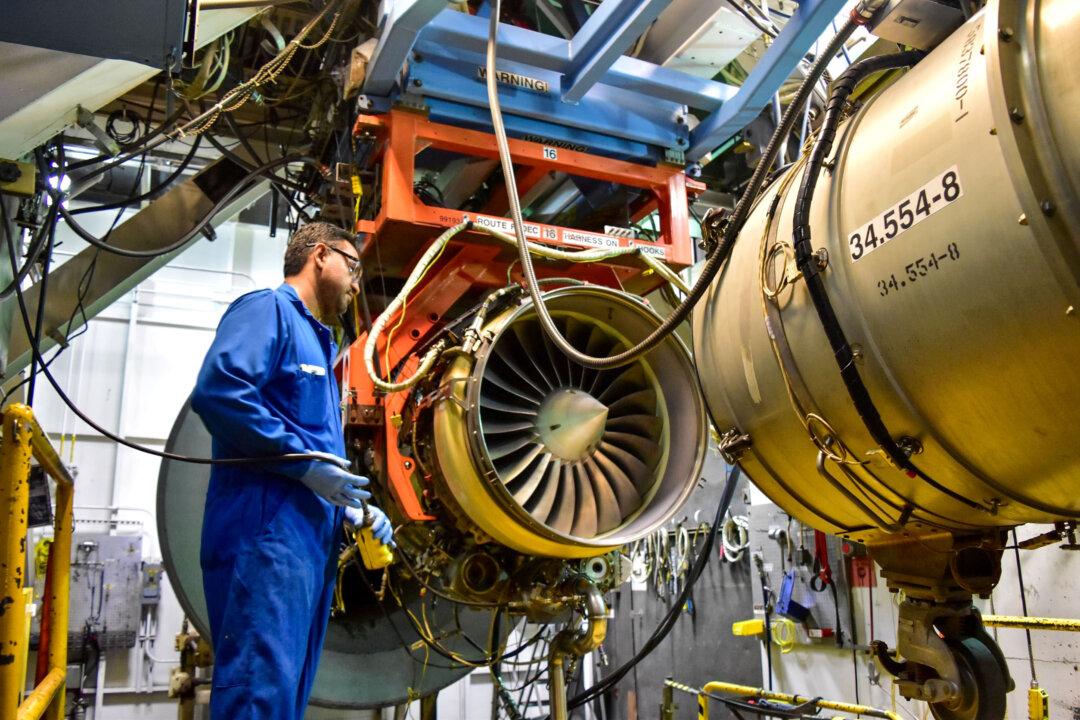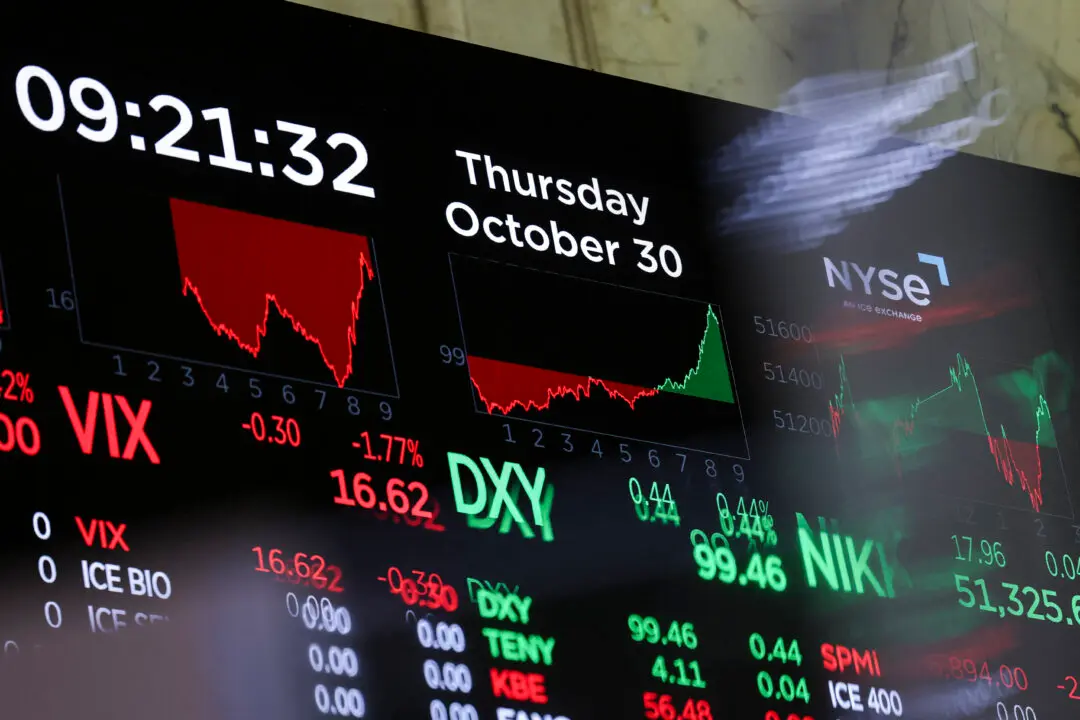Honeywell has recently been caught between two visions of its future: one held by activist investor Elliott Investment Management, Inc., which wants it smaller and split into two parts, and another by management, which wants the company to become bigger through acquisitions.
Honeywell is a conglomerate with four segments: aerospace, industrial automation, building automation, and energy and sustainability solutions. As of 2023, the aerospace segment was the largest, accounting for $13.6 billion in sales out of a company-wide total of $36.7 billion. Industrial automation accounted for $10.8 billion, and the other two divisions accounted for roughly $6 billion each.





